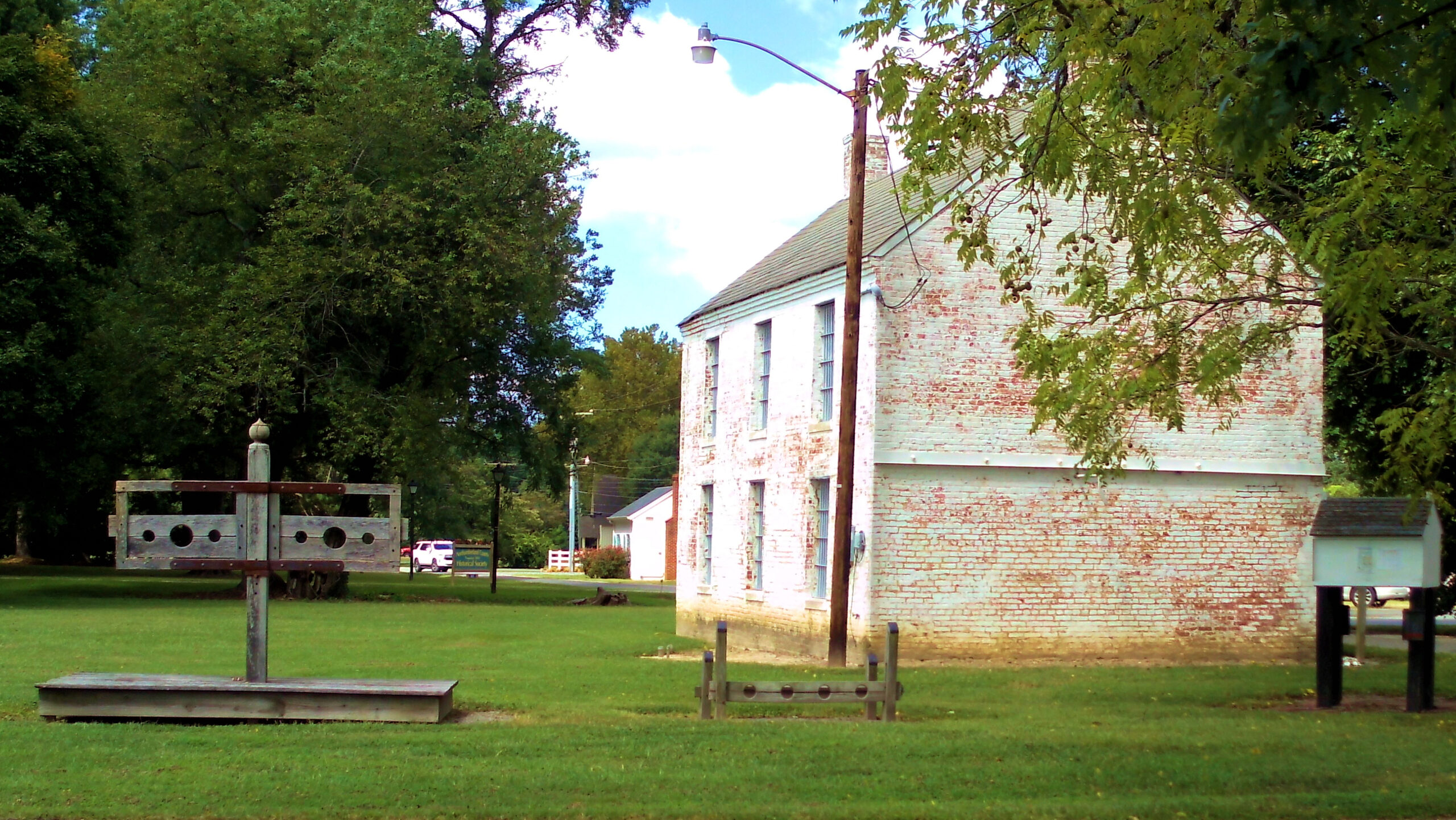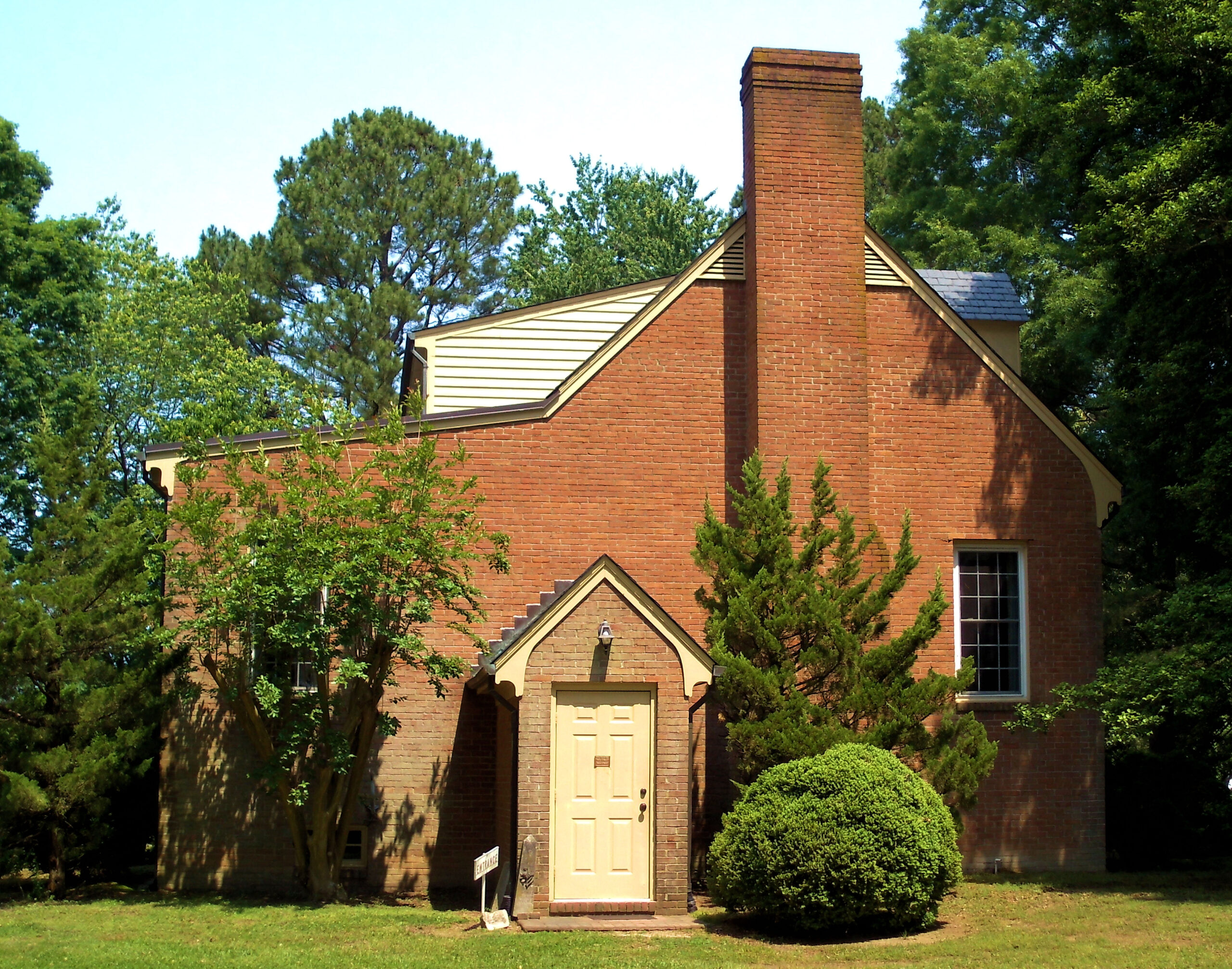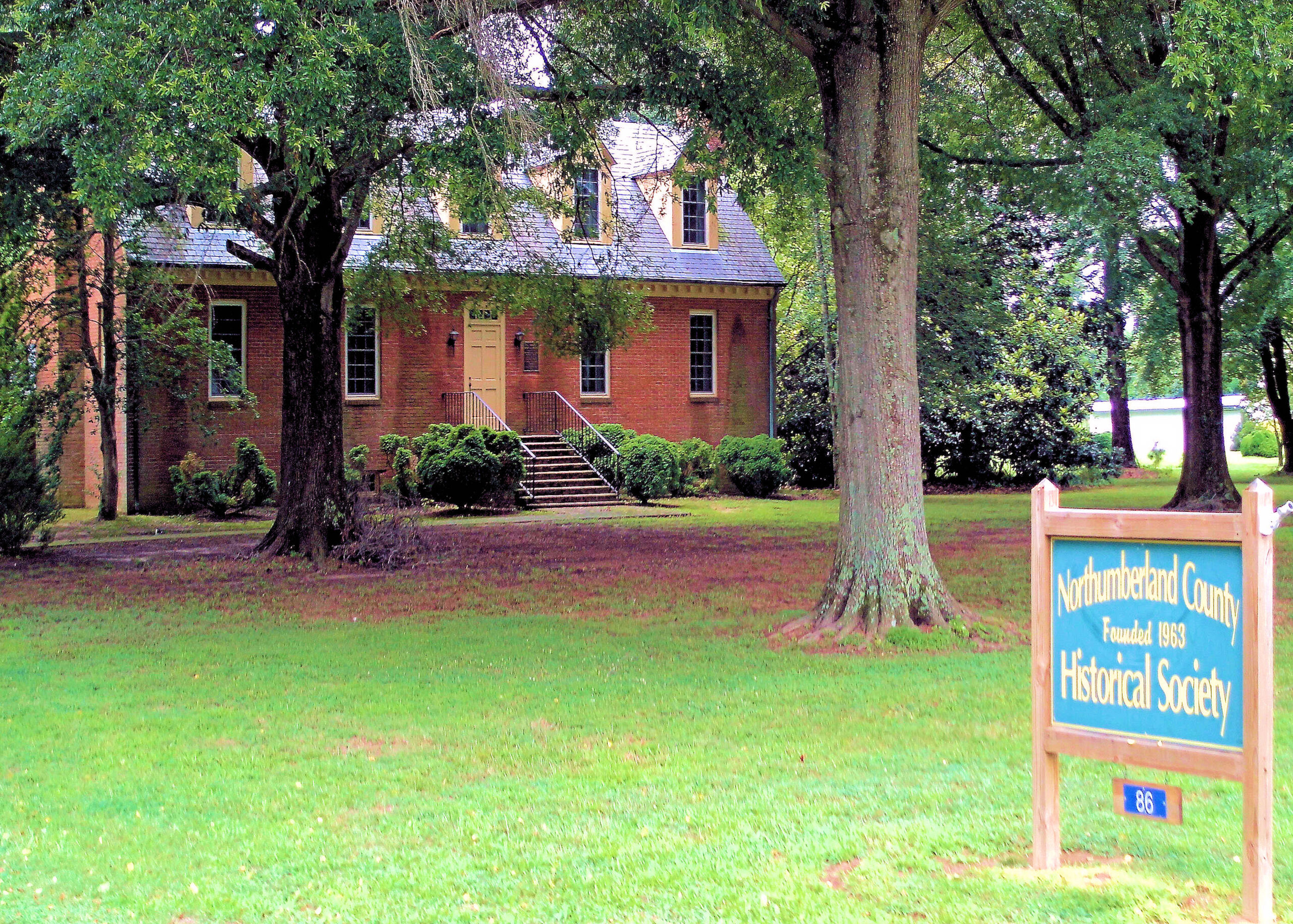NCHS History


The Northumberland County Historical Society (NCHS) was founded in 1963, and following a membership drive in 1964, it was incorporated in 1965 as a 501 C(3) nonprofit organization. The stated goals of NCHS were to (a) preserve the 1839 Old Jail located in the county seat, Heathsville, which had been an operating prison until 1958; (b) collect and preserve historical material connected with the county; and (c) collect, preserve, and diffuse genealogical information relating to those having lived in the county.
The twelve original members of the Board of Directors, reaffirmed in an election at the first annual meeting on July 28, 1965, were William C. Blackwell, Sr., James Motley Booker, M.D., Clem Goodman, John H. Harding, D.D.S., Miriam Haynie, W. Harold Haynie, Mary Blackwell Hudnall, Henry Lee Jett, Alma Brent Neale, Sally Dunlap Shackleford, Maude Nelms Smith, and Lina Blackwell Vernon.
During the earliest years of the Society, the Old Jail served as its headquarters except during cold weather when board meetings were held on the second floor of the old courthouse nearby. The Old Jail was a secure building, however, and in the early years of the Society, it was the repository for donations of family records, historical documents, and artifacts. Although it was still known as the Old Jail, the Society had designated it as the John Heath Museum and Library.
Even before its formal incorporation as an organization, the Society published its first annual journal in 1964, The Bulletin of the Northumberland County Historical Society, which today is well-known nationally as well as locally. NCHS is one of fewer than ten percent of all the local, county, and regional historical/genealogical societies in Virginia that publishes an annual journal.

The NCHS headquarters is very close to the Old Jail, just past the trees in the left background in this picture. The pillory and stocks are replicas; however, those devices are not known to have been present when the Old Jail was in use. They were present at the first jail that was built on the courthouse square in 1681 and subsequent jails that were built in 1688 and 1706.
It was not long after the Society began restoration of the Old Jail that it realized that, given its objectives to house collections and serve as a research library with custodial staff and volunteers, it would need additional and more suitable space. In 1972, thanks to the generosity of James Robert and Charlotte Delano Hundley, a 1 ¼ acre lot next to the old Jail was made available to the Society to build a new building. With the generous donation of Elsie Ball Bowley, a younger sister of Jesse Ball duPont, the Society dedicated its new colonial-designed facility at its 13th annual meeting on July 29, 1978, as the Ball Memorial Library and Museum, in honor of Mrs. Bowley’s parents, Thomas and Lalla Gresham Ball.
The two-story brick building has in its English basement one of the best history and genealogy libraries in the region. In addition to a wide selection of books and journals, the library contains extensive family files and has a wealth of information relating to more than 900 different family names from the Lower Northern Neck. Special exhibits are also rotated seasonally. In addition to its library, the building has a large room on the first floor for quarterly presentations on a wide range of historical topics, which are open to the public. On the third floor there is a museum containing a large collection of artifacts donated by many families with roots in the Lower Northern Neck which reflect the county’s 375-year history.

An entrance at the south side of the building leads to the basement Library and
Reading Room at NCHS.

The front entrance on the east side of the building, facing Back Street, leads to the Board Room and the Presentation room on the first floor.
The first floor is wheelchair accessible by a ramp at the back door and there are stairlifts on all three levels. Although the library/reading room is in the basement, accommodations can be made for wheelchair users to conduct research.